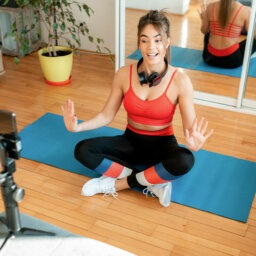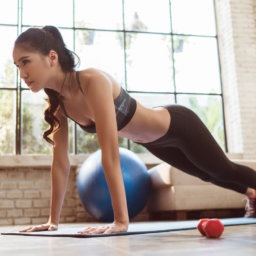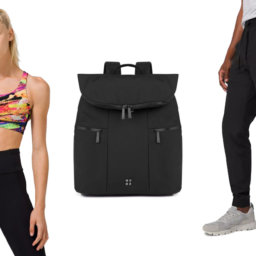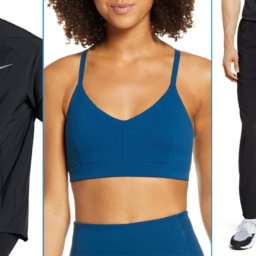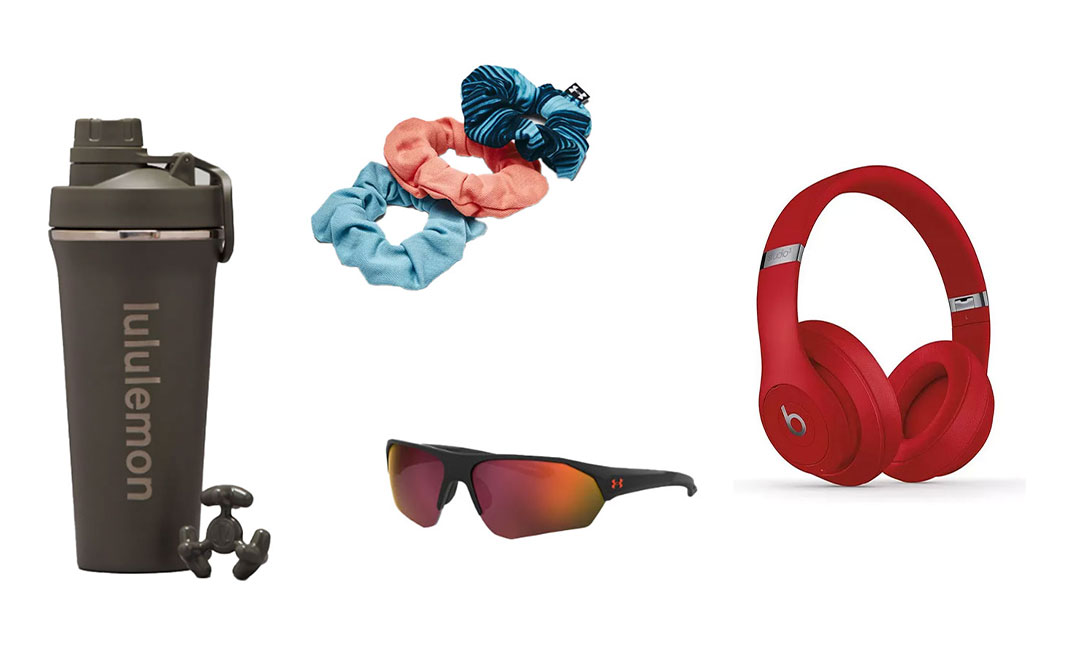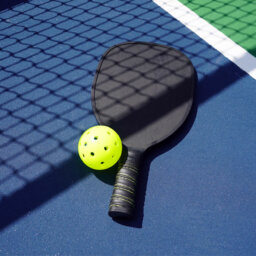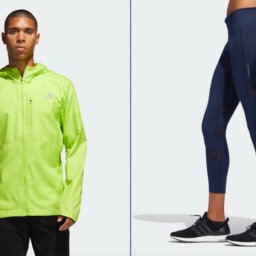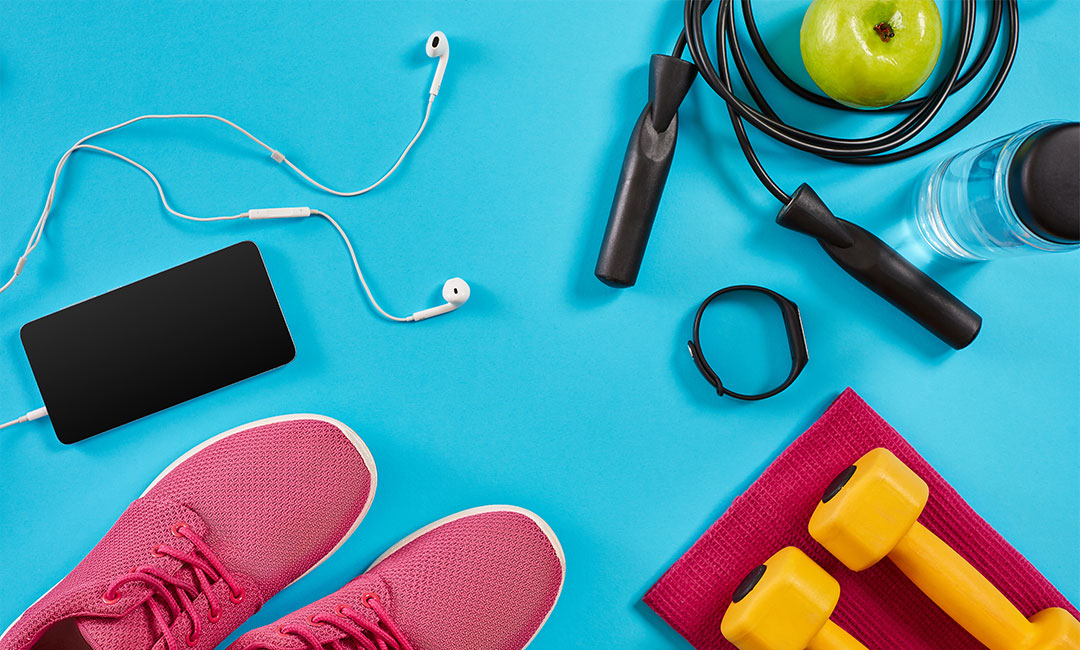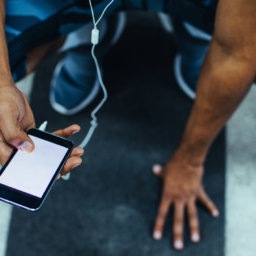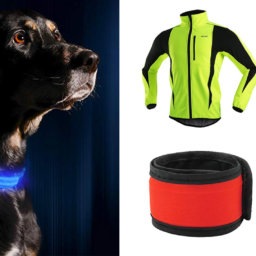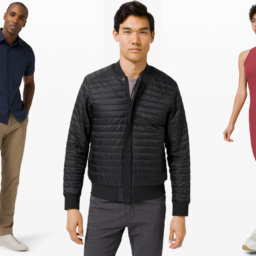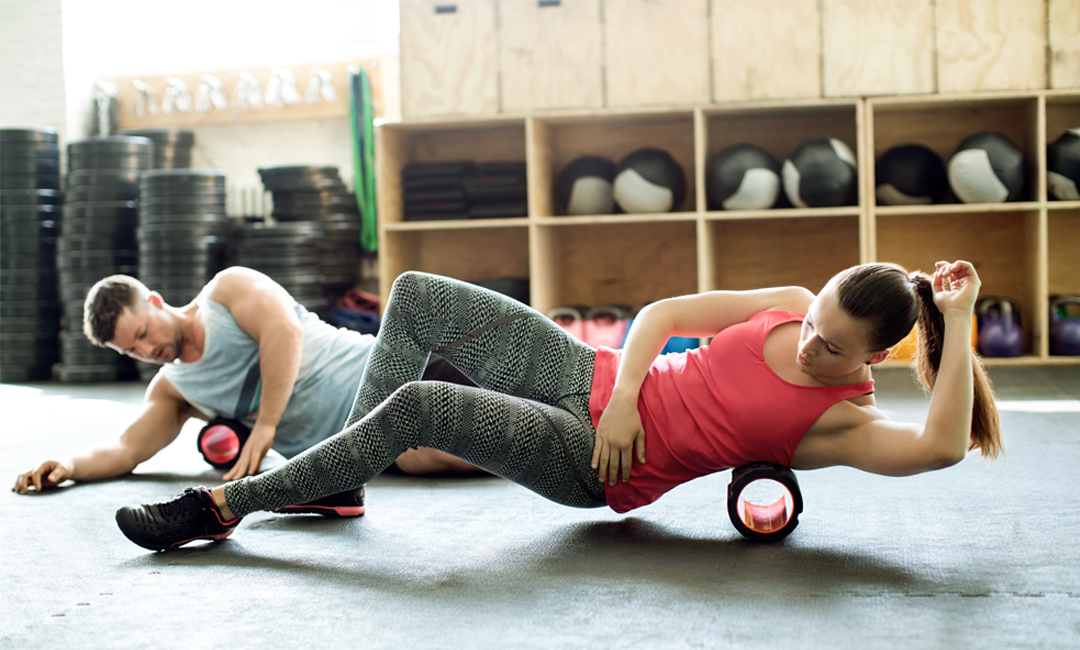
If you make it a point to stretch before and after your workouts, you’re probably familiar with foam rollers. But if you’re still trying to decide whether these tools have a place in your fitness routine, there are a few things you need to know! Let’s dive into the benefits of foam rollers, how to shop for the best option for you, and what to know before you start rolling.
What is foam rolling?
Foam rolling is a self-myofascial release (SMR) technique that works to relieve soreness, inflammation and muscle tightness. Some people foam roll as a warm-up to a workout or to cool down, or both. And with most workouts and stretches, the benefits of foam rollers may vary from person to person.
What are the benefits of foam rollers?
If you’re familiar with the phrase “hurts so good,” then you’ll quickly understand the feeling of foam rolling. While some people may find it uncomfortable and others absolutely love it, this technique offers up some pretty great benefits.
Foam rolling can increase your range of motion.
We all need a good range of motion to stay flexible, and foam rolling may just help with that! Research has shown that a combination of static stretching and foam rolling is most effective for maintaining flexibility — not just stretching or foam rolling alone. More research is needed to confirm just how much it can help, but it’s a great start!
It can ease sore muscles and reduce inflammation.
Scientists originally thought that foam rollers affected fascia, the soft connective tissue that holds the body together. (Remember that it’s considered a ‘self-myofascial release (SMR) technique’!) But many scientists have abandoned this claim and suggest that foam rollers actually stimulate our nervous system to relieve pain and inflammation! There’s also evidence that foam rolling encourages blood flow — a must for muscle recovery. Sure, it may not feel as comfortable as you like, but rolling out your muscles after a workout can reduce your chances of really feelin’ it the next day.
Foam rolling may help you relax!
Most of us feel so much better after a good stretching session, so it’s not a big surprise that foam rolling can make us feel calmer. Some people have even found that foam-rolling can be a great bedtime routine. More research is needed to drive this point home, but if you enjoy rolling away your worries, we support it.
Is foam rolling for everyone?
If you are pregnant, prone to muscle tears, or you have a serious injury, you may want to tap the brakes on foam rolling until you’re cleared by your doctor or physician.
How to pick a foam roller
Foam rollers come in a range of shapes, sizes and firmness levels. It may take some time to find the best foam roller for you, so try and test out a few to find one that you love. Here are some popular foam rolling options:
- Smooth rollers are best for foam-rolling newbies, as they aren’t as intense and tend to be less expensive.
- If you need to work deeper into certain muscles, look into textured rollers — they’re best for working out knots.
- Targeting a specific muscle area? Invest in some foam massage balls to work out knots in shoulders, feet, etc.
- For a focus on your legs and/or upper back, shop around for foam-covered massage sticks.
When considering the size of your foam roller, keep in mind that shorter options will be best for smaller areas and vice versa.
What To Know Before Foam Rolling
If you’re new to the world of foam rolling, you’ll need to learn the basics first. If you’re a visual learner, search for “foam rolling for beginners” videos and click play! You can also ask your studio trainer to walk you through how to use one, or search for a local foam-rolling class near you. Regardless of where you learn, here are a few things to keep in mind before you start.
Start with light pressure.
It may feel very uncomfortable if your muscles are too tight, so start small! Reduce the amount of body weight you’re putting into the roller and you can always increase the pressure as needed.
Slow your roll (literally).
Don’t go too much too soon. Start by slowly rolling tender areas for about 10 seconds and then work your way up to 30 seconds to one minute at a time.
Drink plenty of water.
Hydration also helps with recovery, so be sure to keep your water bottle nearby. Your muscles will definitely thank you.
Shopping for foam rollers and maaaaybe some new fitness ‘fits? Check out everything we’re adding to our workout wardrobe in 2021!

Allison is a writer, Bruce Springsteen enthusiast, and sixth-generation Texan living in Denton, Texas.

